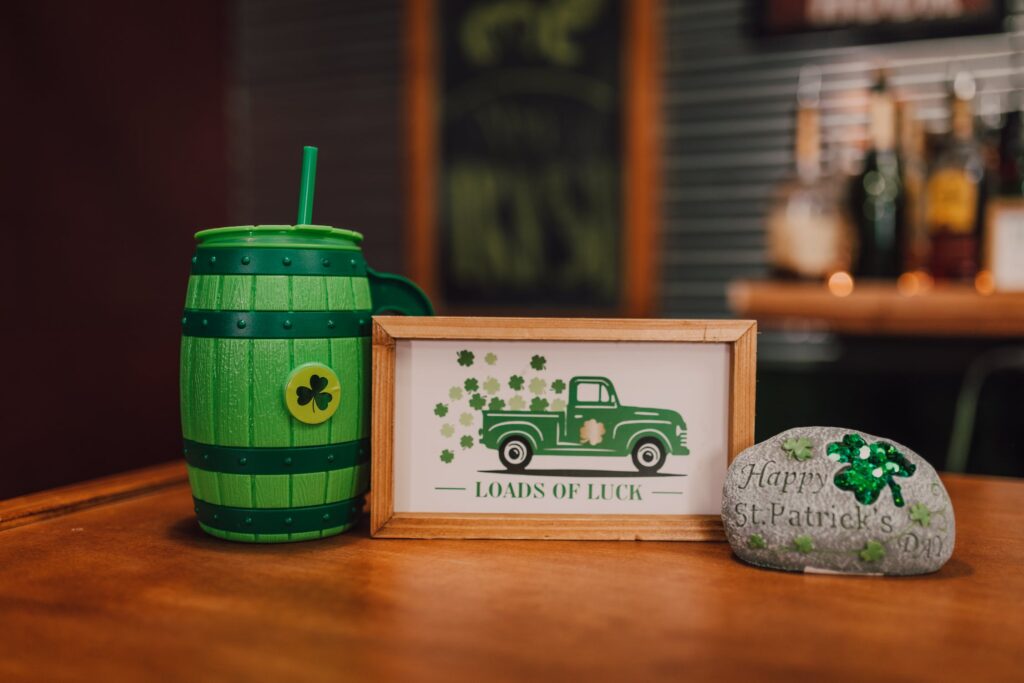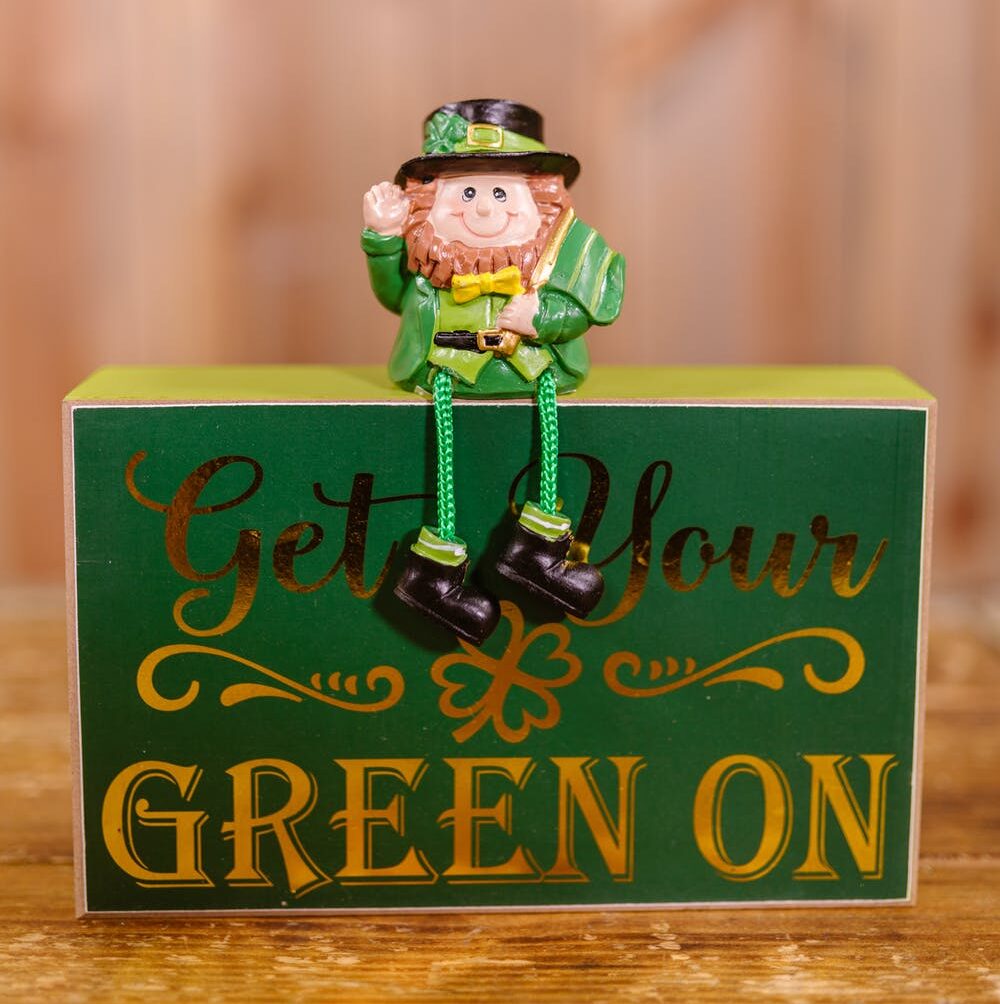
Saint Patrick’s Day is a beloved cultural and religious holiday celebrated annually on March 17th. It honors the patron saint of Ireland, Saint Patrick, and commemorates the arrival of Christianity in Ireland. While the holiday became an official Christian holy day in the early 17th century, it has since evolved into a global celebration of Irish culture and heritage.
Observed as a public holiday in the Republic of Ireland and Northern Ireland, Saint Patrick’s Day is also celebrated by millions of people around the world, from the United Kingdom and Canada to the United States, Brazil, Argentina, Australia, and New Zealand.
Today, Saint Patrick’s Day is a time to celebrate Irish culture and identity, as well as to honour the legacy of Saint Patrick himself. From parades and festivals to traditional music and dance, the holiday is a vibrant and joyful expression of the enduring spirit of the Irish people.
Who was Saint Patrick and why Saint Patrick’s Day Became a Cultural and Religious Festive Day?
But who was Saint Patrick, and why has his legacy had such a profound impact on the world? Saint Patrick was a fifth-century missionary and bishop. They say he brought Christianity to Ireland.
It is believed that he was born in Roman Britain in the fourth century, into a wealthy Romano-British family. Irish raiders kidnapped and took him to Ireland as a slave. Once being free again, he became a priest, and returned to Ireland to spread Christianity.
His tireless efforts to spread the faith and establish churches throughout the country made him a beloved figure among the Irish people, and his legend grew in the centuries that followed.
Festivals and Customs
Saint Patrick’s Day is an important cultural and religious holiday celebrated on the 17th of March each year. It is widely recognized for its public parades and festivals. People dress up in green, wear shamrocks, and wear costumes inspired by leprechauns during the parades.
Saint Patrick’s Day marks the start of ‘Irish language week’ in Ireland. This week highlights Irish culture and heritage, promoting the Irish language. People make extra efforts to speak and promote the language during this festive week.
Wearing Green and Shamrocks
On Saint Patrick’s Day, the tradition of wearing shamrocks and green clothing or accessories dates back to Saint Patrick himself. The patron saint of Ireland used the three-leaved plant to teach the pagan Irish about the Holy Trinity. Today, Saint Patrick is often depicted with a cross in one hand and a sprig of shamrocks in the other.
In addition to its religious symbolism, Shamrock represents nature’s regenerative power. Throughout history, people used trefoil, a type of shamrock, as a magical symbol. Particularly in gothic architecture. Besides it symbolises good luck in many cultures.
Why not treat yourself to a piece of shamrock or trefoil jewellery as a symbol of the power of nature and luck? A silver shamrock or trefoil can be a meaningful addition to your jewellery collection, bringing a touch of magic and luck to your life. Take this lucky trefoil jewellery with you on your journey through life.



